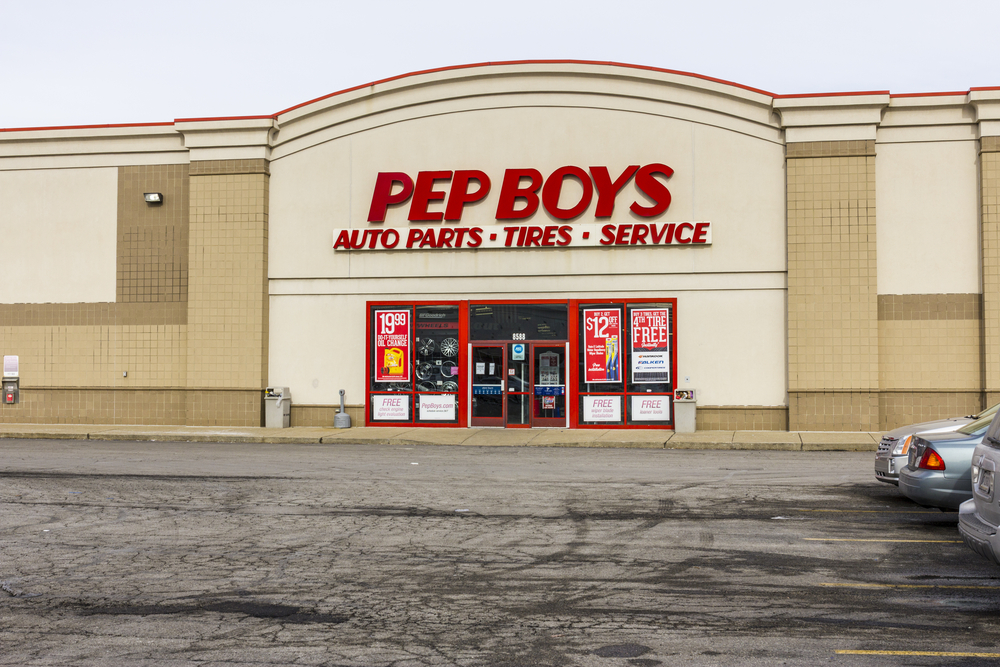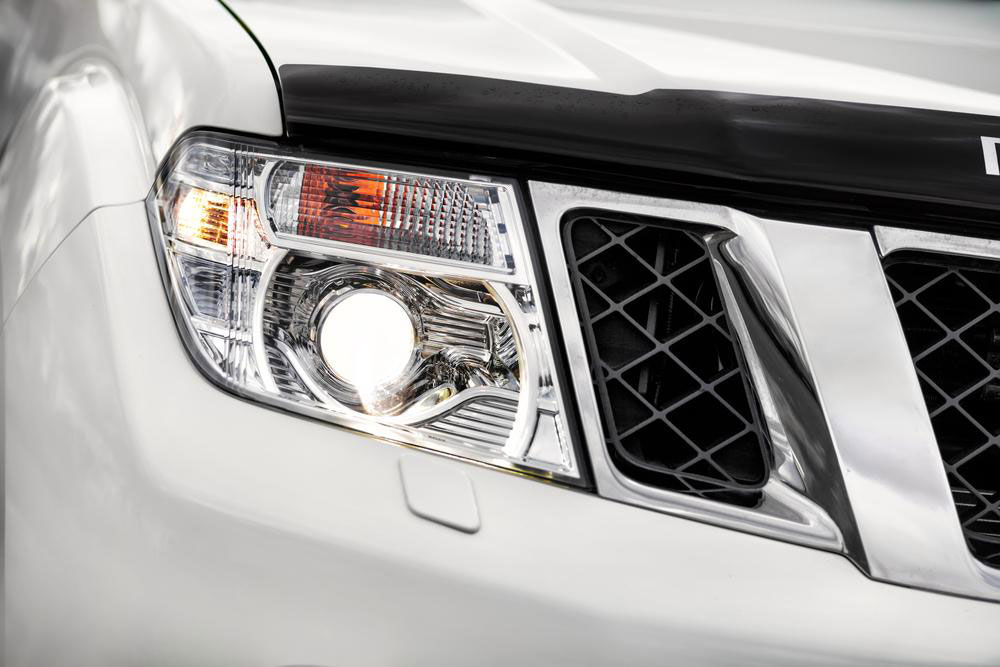Comprehensive Maintenance Guide for Ensuring the Optimal Performance of Your 2000 Ford Explorer
Learn essential maintenance tips for your 2000 Ford Explorer, focusing on proper lubrication of suspension and steering parts. This comprehensive guide helps you understand key components needing lubrication, how to perform maintenance safely, and the importance of regular checks to prolong vehicle lifespan. Keep your Explorer running smoothly, quietly, and efficiently with expert advice. Perfect for Ford Explorer owners looking to boost vehicle performance and ensure safety on the road.

Essential Tips for Proper Lubrication and Maintenance of Your 2000 Ford Explorer
Owning a 2000 Ford Explorer brings a sense of adventure and reliability, but ensuring its longevity and smooth operation requires regular maintenance. One of the most critical aspects of vehicle upkeep often overlooked by owners is proper lubrication of suspension and steering components. When these parts are well-lubricated, they perform efficiently, minimize wear and tear, and help prevent noisy operations that can be both annoying and costly in the long run.
Many drivers notice squeaking or creaking sounds when turning or navigating over bumps. These noises frequently indicate insufficient lubrication in vital areas such as ball joints, tie rod ends, control-arm pivots, sway-bar links, and constant velocity (CV) joints. Addressing these issues through systematic lubrication can significantly improve vehicle comfort and safety.
Understanding the Role of Suspension and Steering Systems
The suspension system plays a crucial role in absorbing shocks from uneven surfaces, thereby providing a smooth and comfortable ride for passengers. It also ensures stability, handling, and control during driving. The system includes several components that need periodic lubrication, such as ball joints, tie rod ends, control-arm pivots, sway-bar links, and CV joints. Without proper lubrication, these parts can wear prematurely, leading to increased repair costs and potential safety hazards.
To maintain optimal performance, it is essential to locate all fittings and lubrication points. Your vehicle manual or a trusted mechanic can assist in identifying these spots, especially on the front suspension. Regularly inspecting for signs of rough rides, squeaking, or groaning noises can help detect lubrication neglect early.
Ensuring that these components are well-greased not only prolongs their lifespan but also guarantees a quieter, smoother driving experience. It is advisable to follow a maintenance schedule that includes lubrication checks to keep your 2000 Ford Explorer running at its best.
Step-by-Step Guide to Lubricating Your Ford Explorer's Suspension Components
Proper lubrication involves more than just applying grease; it requires understanding the correct points, using suitable lubricants, and following manufacturer recommendations. Here’s a comprehensive guide to help you carry out this task effectively:
Gather the necessary tools and materials: You will need a grease gun, high-quality multi-purpose grease compatible with automotive parts, safety gloves, and possibly a jack and jack stands for elevated access.
Identify lubrication points: Refer to your vehicle’s service manual to pinpoint all fittings, especially those on the front suspension components such as ball joints, tie rod ends, sway-bar links, and control-arm pivots.
Lift the vehicle safely: Use a jack to lift the front of the vehicle and support it securely on jack stands to access components comfortably.
Apply grease systematically: Attach the grease gun nozzle to each fitting, ensuring a secure connection. Pump grease until you see excess lubricant escaping from the joint or until the component feels adequately lubricated.
Inspect for other issues: While performing lubrication, check for signs of damage, corrosion, or excessive wear on the components. Replace any parts showing significant deterioration.
Lower the vehicle and test: Carefully remove the supports, lower the vehicle, and take it for a test drive. Listen for unusual noises and feel for smooth steering and handling adjustments.
Regular maintenance, including lubrication, can prevent costly repairs and improve the overall safety and drivability of your Ford Explorer.
Additional Tips for Maintaining Your 2000 Ford Explorer
Beyond lubrication, consider routine inspections of your vehicle’s suspension and steering systems. Ensure all bolts and fittings are tight, tires are properly inflated, and the chassis is free from rust or corrosion. Using quality lubricants and adhering to recommended service intervals will prolong component life and enhance your driving experience.
Consult professional mechanics or authorized service centers for complex procedures or if you encounter persistent issues like unusual noises or handling problems. Staying proactive with maintenance not only saves money but also guarantees safety on the road.
In conclusion, systematic lubrication and diligent upkeep of your 2000 Ford Explorer’s suspension components are vital for maintaining optimal performance, safety, and comfort. Incorporate these tips into your regular vehicle care routine to enjoy smooth rides and reliable operation for years to come.





